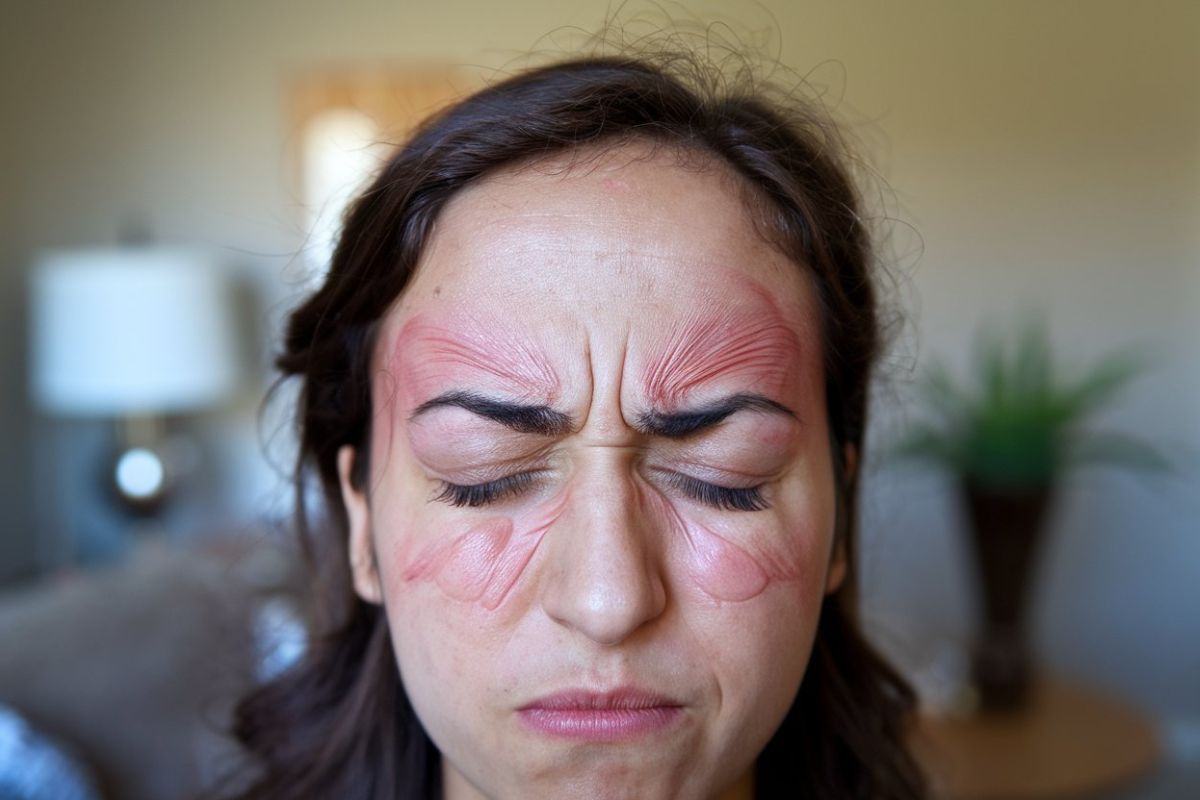
Meige's syndrome is a rare neurological disorder that causes involuntary muscle contractions in the face, mouth, and neck. Named after Dr. Henry Meige, who first described it in 1910, this condition combines blepharospasm (uncontrollable eyelid spasms) and oromandibular dystonia (jaw and mouth muscle spasms). Symptoms often include excessive blinking, jaw clenching, and difficulties in speaking or eating. Affecting about one in 20,000 people, it is more common in women and typically appears between ages 30 and 70. Diagnosing Meige's syndrome can be tricky due to its rarity and overlapping symptoms with other disorders. Treatment usually involves medications, botulinum toxin injections, and sometimes deep brain stimulation.
Key Takeaways:
- Meige's Syndrome is a rare neurological disorder causing facial muscle spasms. It can affect anyone, but is more common in women. Treatment involves medications, injections, and lifestyle adjustments.
- Meige's Syndrome can make daily activities challenging. It impacts speech, eating, and social interactions, but a healthcare team and ongoing research aim to improve management and treatment options.
What is Meige's Syndrome?
Meige's syndrome is a rare neurological disorder that affects facial muscles. Understanding its characteristics and symptoms can help in managing this condition better.
-
Definition and Classification: Meige's syndrome is a focal dystonic movement disorder. It involves blepharospasm (eyelid spasms) and oromandibular dystonia (jaw muscle spasms).
-
History and Eponym: French neurologist Dr. Henry Meige first described the condition in 1910. Dr. George Paulson later coined the term "Meige syndrome" in 1972.
Symptoms of Meige's Syndrome
Recognizing the symptoms is crucial for early diagnosis and treatment. Here are the primary and additional symptoms associated with Meige's syndrome.
-
Blepharospasm: Involuntary blinking and uncontrollable squinting or closing of the eyes.
-
Oromandibular Dystonia: Involuntary movements of the jaw muscles, leading to jaw opening, clenching, or grinding of the teeth.
-
Tongue Spasms: Excessive tongue protrusion can occur.
-
Light Sensitivity: Many patients experience photophobia.
-
Speech Difficulties: Dysarthria, or difficulty in speaking, is common.
-
Facial Muscle Contractions: Lip tightening, pursing, and jaw pain are frequent.
Incidence and Diagnosis
Understanding how common Meige's syndrome is and the challenges in diagnosing it can provide insight into its complexity.
-
Incidence and Prevalence: This syndrome is rare, affecting about one in 20,000 people. Women are more frequently affected than men, with a 2:1 ratio.
-
Age of Onset: Symptoms usually begin between ages 30 and 70 but can develop at any age.
-
Diagnostic Challenges: Diagnosing Meige's syndrome is tough due to its rarity and lack of specific tests. A thorough clinical evaluation is necessary.
-
Differential Diagnosis: Other conditions to consider include benign essential blepharospasm, tic disorders, and Parkinson’s disease.
Causes and Triggers
The exact cause of Meige's syndrome remains unknown, but certain factors can trigger or worsen symptoms.
-
Pathophysiology: Believed to be related to abnormalities in the basal ganglia, a brain region essential for motor control.
-
Environmental Triggers: Bright lights, wind, talking, and chewing can trigger or worsen symptoms.
-
Sensory Tricks: Some patients find temporary relief through sensory tricks like chewing gum or lightly touching the lips or chin.
Treatment Options
Managing Meige's syndrome often involves a multidisciplinary approach. Here are some of the treatment options available.
-
Medications: Anticholinergic drugs may help manage symptoms, though they often don't provide a prompt response.
-
Botulinum Toxin Injections: Botulinum toxin A therapy is effective, involving injections into affected muscles to reduce spasms.
-
Deep Brain Stimulation: DBS involves implanting electrodes in specific brain areas to modulate abnormal electrical activity.
-
Lifestyle Modifications: Avoiding triggers like bright lights or wind by wearing sunglasses or staying indoors when it’s windy can help.
Complications and Quality of Life
Meige's syndrome can significantly impact daily life. Understanding these complications can help in managing the condition better.
-
Complications: Difficulties with eating, speaking, and social interactions are common. The condition may also cause embarrassment in social situations.
-
Quality of Life Impact: The syndrome can affect speech, swallowing, and chewing muscles, making routine activities challenging. Speaking with a mental health professional can be beneficial.
Interprofessional Care and Research
Effective management requires a team approach and ongoing research to improve treatment options.
-
Interprofessional Care: A healthcare team including neurologists, dentists, and other providers is essential for effective management.
-
Diagnostic Criteria: Diagnosis is primarily clinical, based on symptoms and patient history.
-
Family History: A small proportion of patients have a family history of the disease, though no causative genes have been identified.
-
Future Research Directions: More research is needed to understand the pathophysiology and etiology of Meige’s syndrome, aiming to develop more effective treatments.
Understanding Meige's Syndrome
Meige's syndrome, a rare neurological disorder, combines blepharospasm and oromandibular dystonia, causing involuntary facial and jaw muscle contractions. Symptoms like uncontrollable blinking, jaw spasms, and speech difficulties can significantly impact daily life. Diagnosing this condition is tricky due to its rarity and lack of specific tests. Treatment often involves a mix of medications, botulinum toxin injections, and sometimes deep brain stimulation. Lifestyle changes and sensory tricks can also help manage symptoms. Though challenging, a multidisciplinary approach can improve quality of life. Ongoing research aims to uncover the exact causes and develop better treatments. Understanding these 25 facts about Meige's syndrome can help those affected and their caregivers navigate this complex condition.
Frequently Asked Questions
Was this page helpful?
Our commitment to delivering trustworthy and engaging content is at the heart of what we do. Each fact on our site is contributed by real users like you, bringing a wealth of diverse insights and information. To ensure the highest standards of accuracy and reliability, our dedicated editors meticulously review each submission. This process guarantees that the facts we share are not only fascinating but also credible. Trust in our commitment to quality and authenticity as you explore and learn with us.


